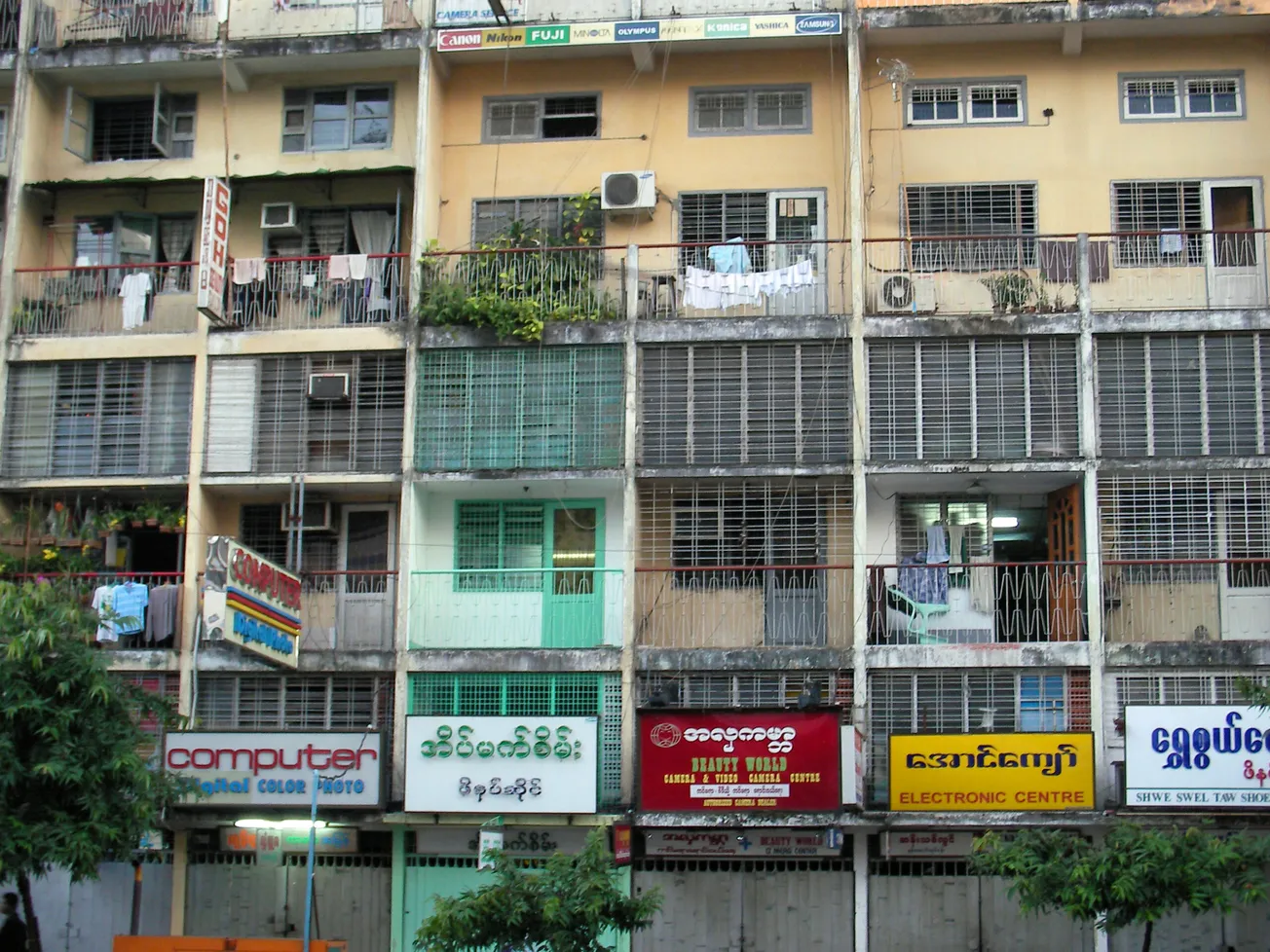With the forthcoming elections coming up in Myanmar (November 8th) the situation is getting interesting. Daw Aung San Suu Kyi’s National League for Democracy (NLD) will undoubtedly win a majority again, even with 25% of the parliamentary seats reserved for the Tatmadaw (Military).
There are some minor parties standing, such as the United Nationalities Alliance (UNA) representing a range of different ethnic groups from a variety of states looking for varying degrees of self-determination. The main problem that they have is trying to find a common aim and strategy that they can communicate to the electorate. They are in general the political representatives of various Ethnic Armed Organisations (EAOs), each of which has differing political and military aims and strategies.
With the restrictions in place because of COVID-19, they are finding campaigning difficult, even to being able to meet, share an office and hammer out a strategy.
The Tatmadaw held meetings with organisations representing some of the EAOs who aren’t currently engaged in the peace process to emphasise that other groups are co-operating with the Tatmadaw to achieve regional development and security and they have the opportunity to be part of the process. The two biggest ethnic armies, the Wa State Army and the Kachin Independence Army took part. The attendees agreed that a sustainable peace can only be achieved with the participation of all the armed groups.
This needs the co-operation and participation of the Arakan Army from Rakhine state. At the same time, the Arakan Rohingya Salvation Army (ARSA) representing the Muslim Rohingya people and allegedly backed by ISIS infiltrators from Bangladesh is involved in insurgency. So total agreement will be extremely difficult.
The Myanmar Chief of Staff Min Aung Hlaing has accused other “strong forces” of having roles in arming Rohingya insurgents (ARSA). This is accepted as Tatmadaw code for China, even though the Chinese borders are to the East of Myanmar and Rakhine state is in the north-west of the country.
Last week, senior General Min Aung Hlaing met with Yang Jiechi, a senior official in the Chinese Communist Party, to discuss efforts to get the dissenting EAOs to sign the agreement to participate in the peace agreement. Most of these dissenting groups are to be found along the Myanmar-China border and are alleged to get most of their weapons from Beijing, which of course China denies.
A military source with experience in South-East Asia confirmed that confirmed that China is providing approximately 95 per cent of Arakan Army funding. He further revealed that the Arakan Army has approximately 50 of the MANPADS (Man-portable air defence systems)
surface-to-air missiles. An object lesson in Diplo-terrorism is the leverage over Myanmar and India that China gained by arming the Arakan army operating in the corridor from North-East India over Myanmar’s Chin and Rakhine states to the Indian Ocean.
India has recently been competing with China to gain financially attractive construction projects in Myanmar and China wants to weaken India in the region as part of its strategic animosity towards India.
A recently uncovered arms delivery from China was a consignment containing 500 assault rifles, 30 Universal machine guns, 70,000 rounds of ammunition and a huge stock of grenades, all offloaded at Monakhali beach
(in the very south of Bangladesh, close to the Myanmar border).
A diplomat in the region said that seven different groups (including Arakan Army) in Myanmar received Chinese arms and support. He said that the Chinese object has always been to keep the West away from Myanmar by keeping Myanmar a weak and close state with a poor humanitarian record.
Source: Times of India July 2, 2020
This will make for an interesting election in Myanmar later this year and explains the somewhat muted response by the West over the Rohingya situation. There is discreet support for India in its disputes with China, especially in the Himalayas, and the West is gradually taking more interest in Myanmar to stop Chinese influence and to stop them gaining fast connections through Myanmar to the Indian ocean. If Myanmar takes action against the EAOs too vigorously, then China will increase support for them, undermining Myanmar’s fragile economy.
Australia is already giving increased support to Myanmar in the form of assistance to developing the SME sector in the country, showing China that it has diverse methods of retaliation against China’s attempted bullying of Australia.
As they say, watch this space in the next few months.
If you enjoyed this BFD article please share it.









